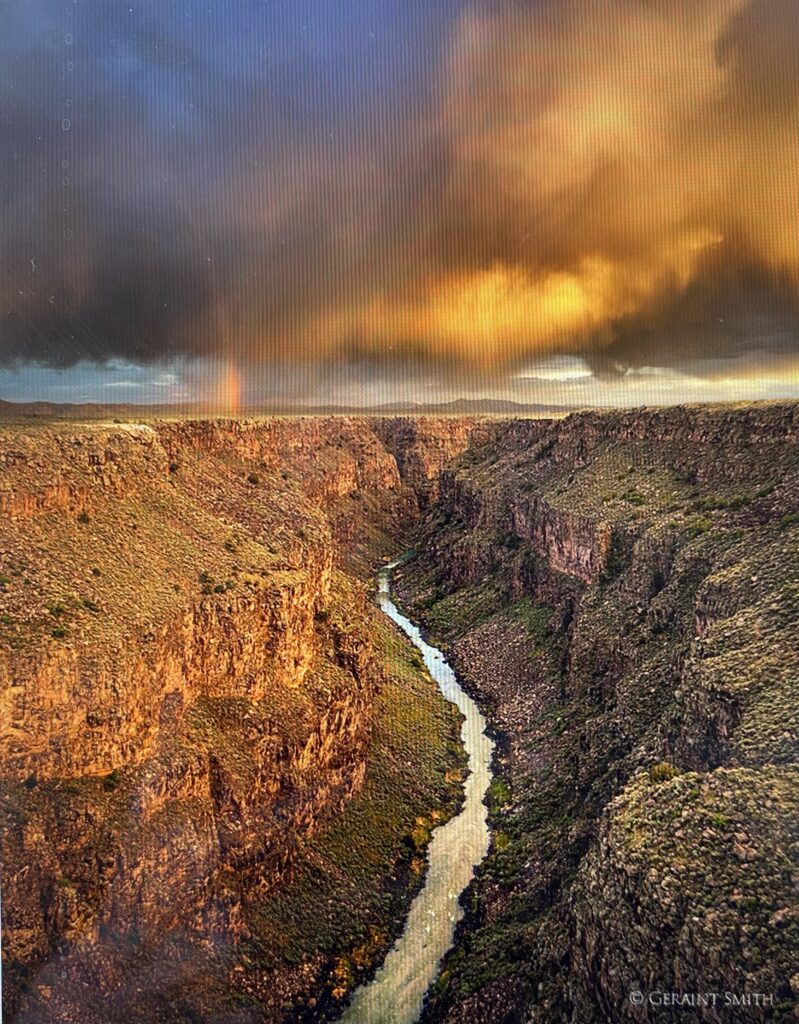Yesterday morning here in San Miguel de Allende all was quiet, still. It was a holiday, inauguration day, and everyone here, it seemed, was at home watching on their TVs the inauguration proceedings taking place in the country’s capital, Mexico City.
Alone here in my apartment in Colonia Independencia, I watched too, on my laptop, as sixty-two-year-old Claudia Sheinbaum gave her acceptance speech, standing at the podium in her plain white dress and red-white-and-green presidential sash. I was in awe. This was historic. For the first time in its long and proud history, Mexico had elected a woman president.
Although I’ve lived in San Miguel now for close to nine years, I’m still far from fluent in Spanish, I confess. But I listened to Sheinbaum with all of my heart and soul, and I was able to understand much of what she said. It was inspiring and uplifting to watch her, admire her calm, confident bearing, hear her clear, measured words, see her occasional warm and sincere smile.
At one point she described herself as “a mother, a grandmother, a scientist.” Before her landslide victory in the presidential election last June, she was the mayor of Mexico City. She said “it is time” now for women, she was proud to now be Mexico’s “presidenta.”
If only, I thought, the U.S.A. would be as wise as Mexico to elect a woman for president next month. It is time. The world is watching.
On another note: To bring you up to date…
After my last blogpost in early September offering my new book, THE OTHER SIDE, as a gift to readers, I received dozens of requests for copies and many nice responses. Thank you!
Among those responses, though, were a few who told me they couldn’t finish reading it because it was “too sad,” “too painful.” So to prove that the story is not all grim, I’ll offer an excerpt here from it, toward the end of the book, where I’ve settled in San Miguel and found happiness and peace:
Many of the older women I came to know in my early months and years in San Miguel and with whom I’ve remained friends had found their way here under similar circumstances. Some, like me, were alienated from their adult children.
In many of their cases, I learned in private, heart-to-heart conversations, their children sided with their father after their parents’ divorce because Dad was the one with more money. These women had spent their early years as dedicated full-time housewives and mothers, but this didn’t count to their grown kids. Dad and his new wife had more to offer them now, especially during holidays.
We older women were so grateful to be living happily in San Miguel, we threw ourselves into the life here – dancing lessons, sketching groups, book clubs, volunteer work, community involvement, and more. There are many generous wealthy older ex-pat couples living in San Miguel in grand casas dotting the cityscape, but we single, older women represent the other side of this ex-pat coin. We live modestly. We don’t have as much money to donate to charities, but we gladly give our time and talents as hands-on volunteers.
This is how I met these inspiring women and how we became friends. Some of us got together once a week to sit at a long table – like a quilting bee – to knit or crochet hats and scarves for children in the campo (countryside) during the region’s cold winters. Some of us helped to serve hot meals to elderly Mexicans when they came for their weekly free lunch and social gathering at the main Parroquia church. Some of us brought our talents, whatever they might be, to the after-school children’s program, Ojalá Niños, just outside of town. And some of us, of course, taught English to — and learned Spanish from — neighborhood kids in our spare time.
Frank Bruni, in his poignant new book, THE BEAUTY OF DUSK, about losing his eyesight in one eye and the prospect of losing his sight in the other, writes about his “sandwich-board theory of life.” For every one of us, says Bruni, there’s a discrepancy between what others see on the outside and what we experience on the inside, between the “public gloss and the private mess.”
His “sandwich-board theory,” he contends, is that “we’d all be a whole lot less consumed with our own misfortunes and slights – and a whole lot more understanding of other people’s moods and misdeeds – if each of us had just a glimpse of the burdens that people were shouldering, the fears that they were strangling, the scars that they were concealing.”
I was fortunate, I felt, to get to know other women here in San Miguel whose private sandwich boards were not the same as mine but were similar enough. I felt I’d joined a kind of sisterhood of strong, independent, resilient and brave older women. And I was happily surprised to see that many of us at this stage of life found special joy in dancing.
For a time I took part in an international folk dancing group that met one evening a week. No partners required. We held hands and danced in circles, bobbed and wove, kicked and turned to exotic music from faraway lands. We were “willows in the wind.” The group disbanded when Covid came to town, but while it lasted it was the best therapy in the world.

(THE OTHER SIDE’s cover photo, by Geraint Smith)
My free offer still stands! If you’d like to read all of THE OTHER SIDE, just e-mail me at bonnieleeblack@yahoo.com, and I’ll be happy to send you either a Word.doc or a PDF of it. In exchange, I’d love to know your thoughts – after you’ve read it all.
Blessings,
Bonnie
